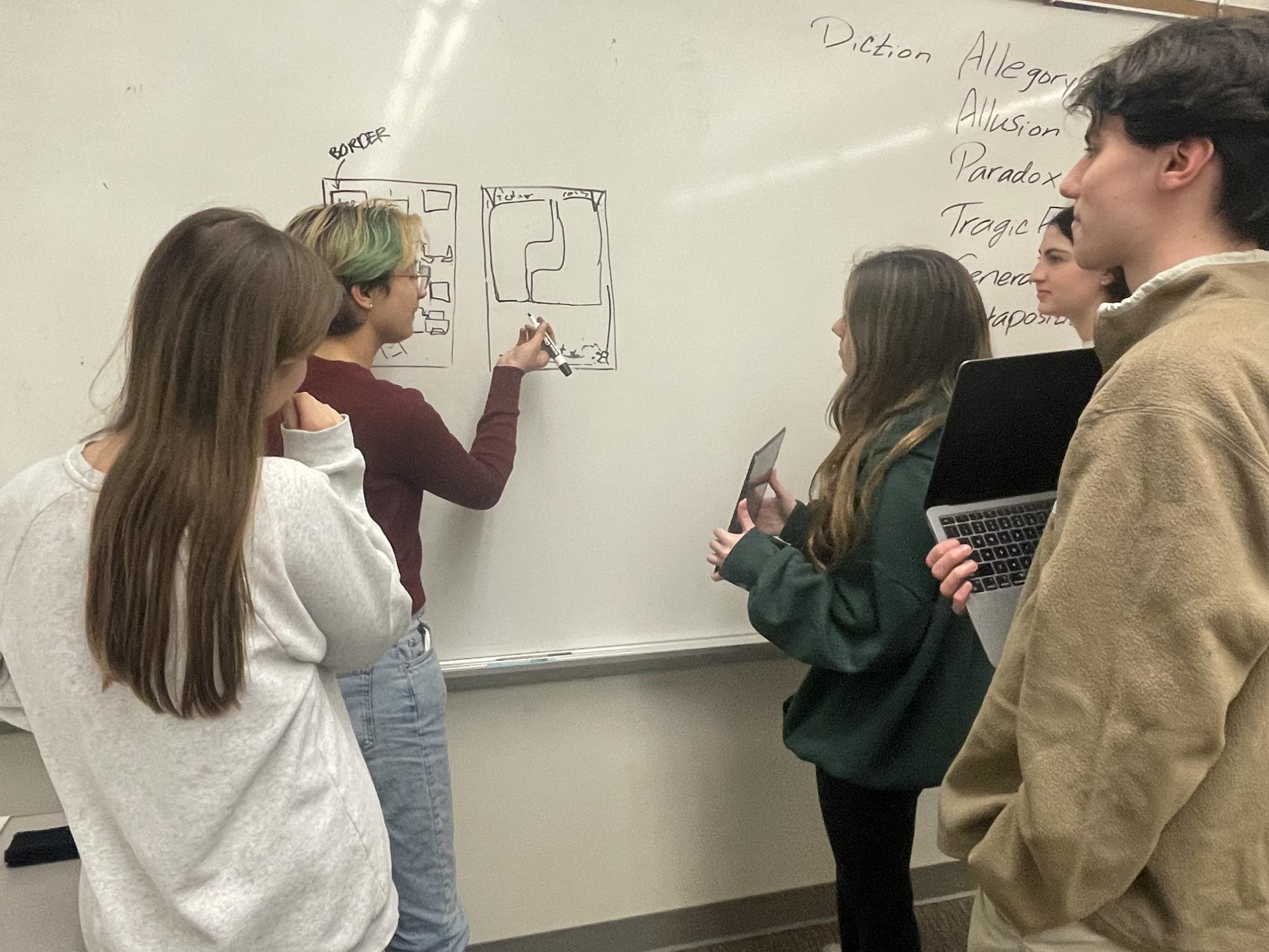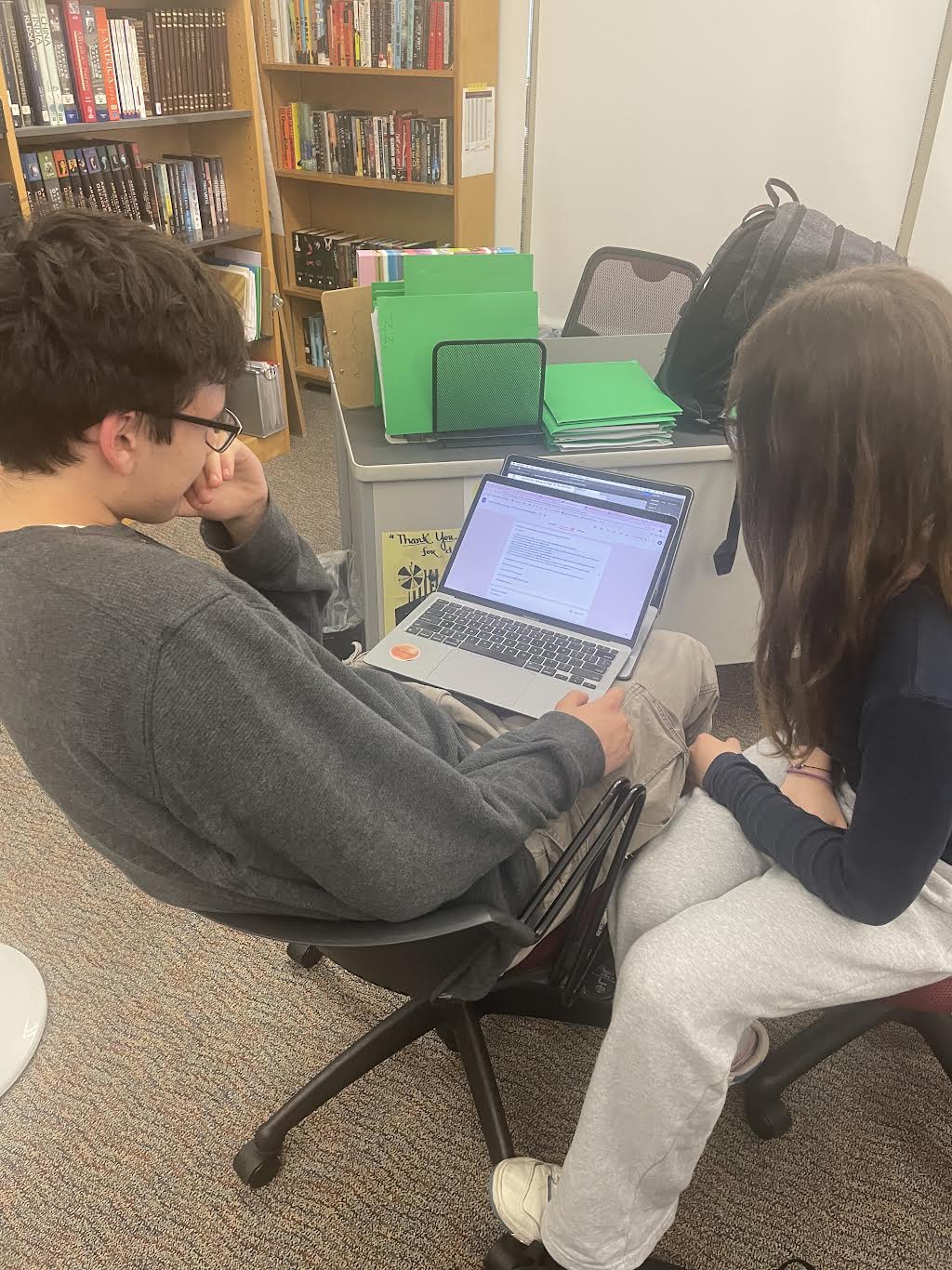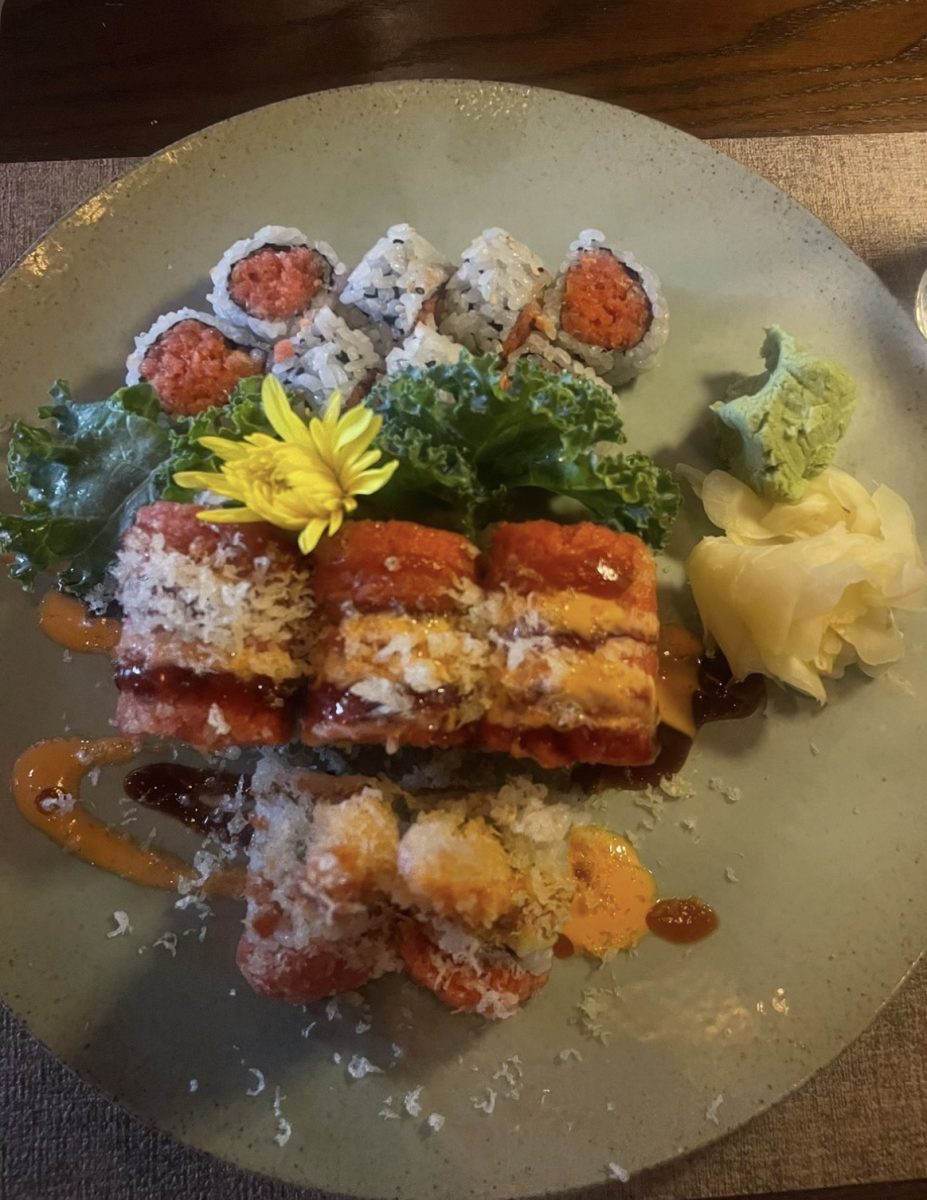Every month, the whole Merionite staff lines the doors to LM at the crack of dawn to hand out newspapers. While working on The Merionite may seem simple, it takes an immense amount of time, work, and effort. Each paper is meticulously written, edited, and laid out. So you might be wondering: what really goes into making a new issue every month?
There are many different roles, filled by a diverse group of students, all with specific jobs. Editors-in-Chief (EIC’s) are the heads of the newspaper, who oversee its production and are constantly creating new ideas. Then come the section editors, i.e. sports editors, news editors, features editors, arts and entertainment editors, and opinions editors. A section editor’s tasks consist of contributing article ideas, conversing with writers, editing pieces, and laying out pages on advanced software, Adobe InDesign and Photoshop especially. Additionally, there are copy editors who primarily edit articles for grammar and spelling, graphics editors who create graphics that are displayed throughout the paper, website editors who maintain and oversee all online publications, and finally social media and photography managers who focus on the visual representation of The Merionite.
An issue of The Merionite all starts with the writers. Once all articles have been written and submitted, each section meets with an EIC and graphics editors to figure out the contents and appearance of each page. Sam Donagi ’25, one of this year’s three EICs, explained, “Graphics meetings are often really, really time-consuming. But I like them because I think they’re our opportunity to work together as a group, to come up with ideas for layouts and designs for our pages.” They are crucial to envision what each page will look like, getting input from all staff members present. “They’re, I think, one of the most creative parts of the layout process—it’s where we have all of our editors together coming up with cool ideas for how a page should look.” Donagi continues, “And obviously it’s really helpful for our graphics editors. It helps them know what pieces of art they need to be making. And it’s really fun getting to walk up the whiteboard and having a group of people all working on the same creative product together.”
With that comes layout, which is a series of daily after-school meetings where every article is edited and every page is created, encompassing graphics meetings as well. Each staff member has been trained to use Adobe InDesign, the software that’s utilized to make each page. On the first few days of layout, all articles are edited by section editors, then copy editors, then two separate EIC’s, and then finally approved by The Merionite’s sponsor Mr. Henneberry. Copy editor Philip Reynolds ’26 explains, “being a copy editor consists of editing every article that goes through The Merionite, and it can get really busy early in layout. Looking over every article, and then looking over every page can be really stressful at times, but it definitely has given me great editing experiences and has improved my writing abilities personally.”
After all articles are edited, section editors start creating their pages, which then also have to be edited by two EIC’s, a copy editor, and have to be approved by Mr. Henneberry. Sports editor Hana McLain ’27 notes that “a lot of people who aren’t in Merionite think making a page is way easier than it really is. It can sometimes be a big struggle to make the pages, not to mention that so much time is spent just waiting for other people’s edits.” Laying out pages is often the most laborious part of the process, as there are countless rules and standards that must be met on each page. Section editors spend hours placing graphics, adjusting text, and checking every detail repeatedly. This lengthy operation lasts until the dreaded “late night”, which is the last layout session before the pages are submitted to be printed. On late night, some staff have to stay at school editing their pages well past sundown until perfection. (It’s traditionally structured to be a competition to see who gets to leave the school first.)
Once the painstaking process is finished, a pdf of the issue is sent to a printing company in Neptune, New Jersey that uses a high speed web press to print out the requested copies. These are usually shipped back the same day to be ready for distribution to LM students bright and early in the morning. Merionite staff members show up to school at 8:00, thirty minutes before school starts, to hand out newspapers to as many students as possible. (Luckily, the EIC’s always make sure to bring donuts for everyone.) Alistair Browning ’26, an opinions editor, states, “I like when they have donuts. But seriously, it’s always cool hearing people’s reactions to the stuff written. Especially when the articles are a bit more controversial.”
With the issue successfully published, then comes post mortem—a meeting in which the entire staff comes together during a full Lunch & Learn to discuss successes and failures within their work. “It’s where the three of us [EIC’s] sit in front of everyone, go through each page of the issue, and essentially point out all of the mistakes that made it into the final version of the paper, and then offer up solutions and guidelines for moving forward.” Aliyah Brownstein ’26, EIC discloses. These meetings can be harsh, but they serve as valuable learning experiences for staff, and make each issue better than the last. “I remember that when I was a section editor there were a lot of nerves and even a little fear leading up to post-mortem,” Brownstein continues, “If there are issues with spelling, images, layouts, names, or even article content, it will get discussed during post mortem. I definitely get the sense from our editors that although sometimes we can be a little mean, the post mortem process really does help. If you compare any issue to our most recent, you can see how our editors apply the feedback and improve their InDesign skills.”
This cycle then repeats itself almost every month, churning out issue after issue, with hardly any breaks in between, since 1929. All of it adds up to produce The Merionite, a paper for the students, by the students.









